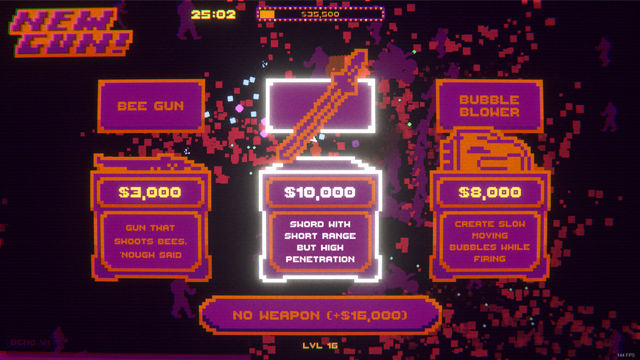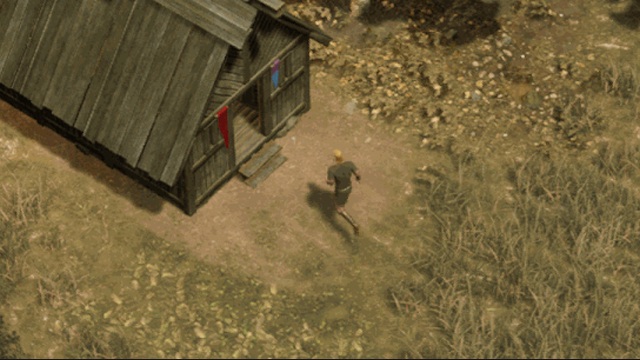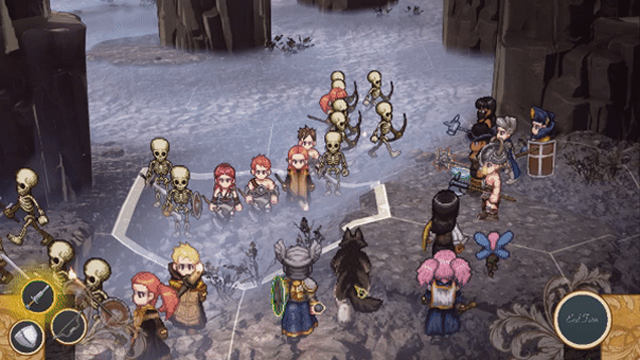Welcome to GeekwikiN,
A leisure encyclopedia, dedicated to indie games

Diving into the Theory: "Pikmin Takes Place in an Empty Post-Apocalyptic Earth"
The theory that the popular series "Pikmin" is set in an empty post-apocalyptic Earth has captured the imaginations of fans and sparked intriguing discussions within the community. This theory introduces a thought-provoking perspective on the world of Pikmin, offering a new lens through which to view the game's narrative, characters, and environments. It suggests that the seemingly alien planet where the story takes place might actually be a future Earth, long after a catastrophic event has eradicated human life. This hypothesis reshapes our understanding of the story, transforming it from a whimsical adventure into a haunting exploration of a world left in the wake of humanity's downfall. At the heart of this theory lies the conspicuous absence of humans within the Pikmin universe. Players take on the role of Captain Olimar, a diminutive spaceman who finds himself stranded on a mysterious planet inhabited by the plant-like Pikmin creatures. The lack of human characters or structures in the fictional world raises questions about what might have transpired to lead to such a scenario. Could it be that humans have vanished from the planet, leaving behind only remnants of their existence? The scattered objects that Captain Olimar encounters—such as old batteries, bottle caps, and other familiar debris—hint at a once-thriving civilization that has long since disappeared, supporting the idea that this planet is actually Earth in a post-human era.
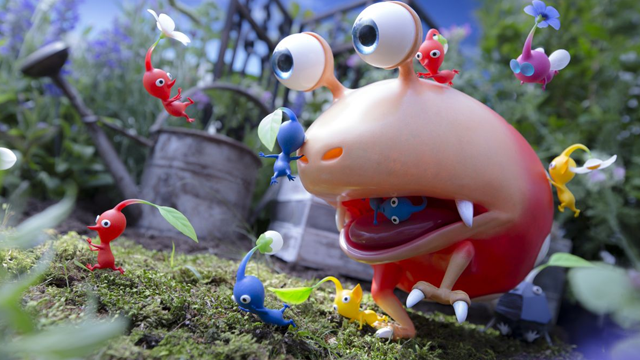
Throughout the Pikmin series, we encounter various ruins and relics that hint at a bygone era when humans inhabited the planet. These artifacts, ranging from mundane items like bottle caps and batteries to more intricate pieces of technology, serve as tangible reminders of a civilization that once thrived on the planet. The presence of these remnants suggests a rich history and prompts us to speculate about the fate of the human inhabitants. Each discovery, whether it’s a rusty can or a discarded toy, evokes a sense of nostalgia and mystery, encouraging us to piece together the story of what might have led to humanity's disappearance. This element of exploration and discovery adds depth to the game, transforming the search for treasure into a quest for understanding the planet's past. Another compelling aspect of the theory is the underlying environmental themes present in the Pikmin series. As we navigate the lush landscapes of the world, they are tasked with restoring the environment, cultivating Pikmin populations, and overcoming obstacles to progress. Some fans interpret this gameplay mechanic as a reflection of the consequences of human impact on the planet, drawing parallels to real-world environmental issues and the concept of ecological restoration. The project's emphasis on teamwork and environmental stewardship resonates with contemporary concerns about sustainability and conservation. By guiding the Pikmin to rebuild and thrive, we symbolically engage in the restoration of a world that has suffered from human neglect and abandonment.
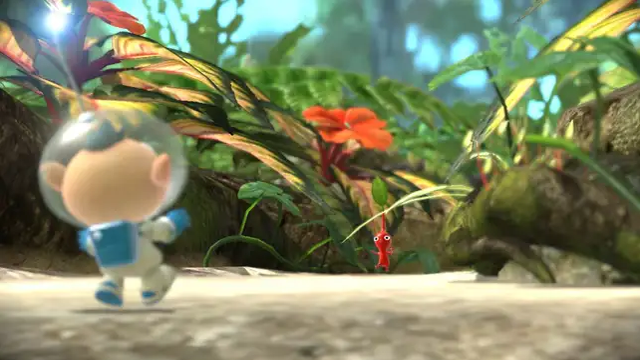
Central to the narrative of Pikmin is Captain Olimar's mission to repair his spaceship by collecting scattered ship parts across the planet. This quest for escape resonates with the theory of a post-apocalyptic Earth, suggesting that Olimar is striving to leave behind a world that has become inhospitable to humans. The urgency of Olimar's mission underscores the idea that he is a lone survivor seeking to navigate a planet devoid of its former inhabitants. Each ship part represents not just a step closer to survival and return to his home, but also a piece of the puzzle hinting at the planet's lost human civilization. This sense of urgency and isolation adds a poignant layer to the entertaining process, emphasizing the desolation of a once-populated world. The theory that Pikmin takes place in an empty post-apocalyptic Earth opens up a wealth of possibilities for exploring the lore and backstory of the digital world. By delving into the implications of human absence, environmental decay, and Olimar's quest for escape, we can engage with the narrative on a deeper level and uncover hidden layers of meaning. The scattered ship parts and other remnants of human life suggest a story of decline and abandonment, inviting us to speculate about the events that led to this desolate state. This theory not only enriches the story but also encourages us to pay closer attention to the details of the environment, piecing together a narrative that goes beyond of the immediate objectives.
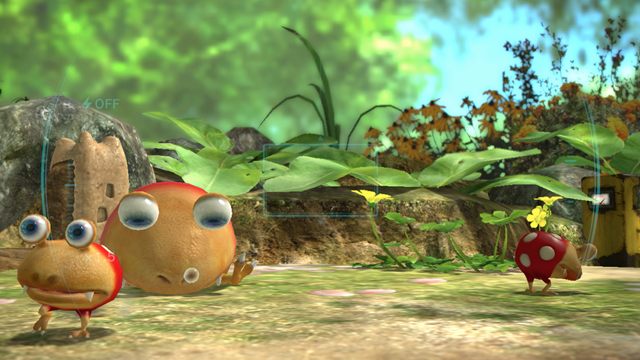
In conclusion, the theory that "Pikmin Takes Place in an Empty Post-Apocalyptic Earth" offers a compelling lens through which to analyze and interpret the beloved series. By examining the absence of humans, the presence of ruins and relics, the environmental themes, and Olimar's quest for escape, we can engage with the digital world in a new and thought-provoking way. This theory not only adds depth to the storytelling of Pikmin but also prompts reflection on broader themes of humanity, environmental stewardship, and the resilience of life in the face of adversity. As we traverse the richly detailed landscapes and piece together the remnants of a bygone era, they are invited to contemplate the fate of human civilization and the enduring impact of their actions on the planet. The environmental decay and the meticulous design of the virtaul world serve as a backdrop for Olimar's journey, highlighting the consequences of ecological neglect and the importance of restoration. Through the lens of this theory, each encounter and puzzle takes on additional significance, transforming the app into a meditation on survival, renewal, and the interplay between destruction and regeneration. Olimar's desperate quest to repair his spaceship and escape the planet underscores the urgency and isolation that characterize a post-apocalyptic scenario, resonating deeply with players who perceive the underlying narrative of loss and resilience.


Search
Are today's games better than the ones from your childhood?
